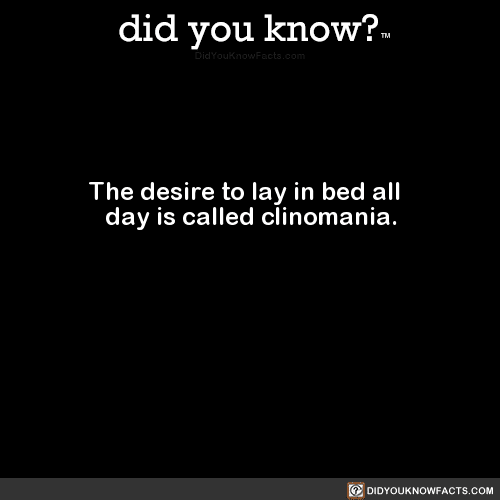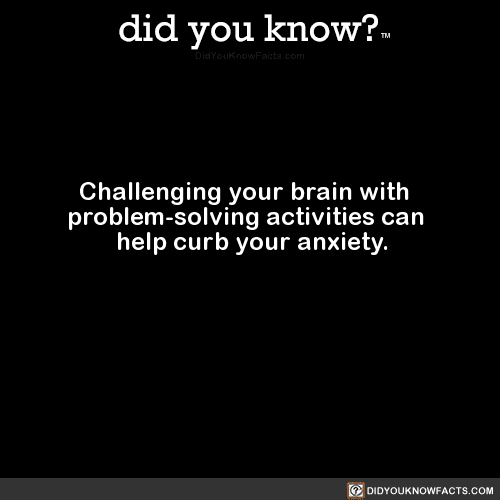Have you ever heard of this story before?
Lake Nyos in Cameroon is a crater lake – the water there poured in after an incredibly explosive volcanic eruption forged the large divot. It appears innocuous and silent, and even though the view is spectacular, the lake could be easily overlooked.
If you know its eerie history, though, you’ll definitely spend some time contemplating its calm surface.
On August 21, 1986, thousands of cattle and 1746 people living near the lake died within moments of each other.
When the bodies were discovered, authorities discovered no signs of physical damage or distress.
Though the locals were ready to blame vengeful spirits or the government testing chemicals, geologists quickly uncovered the real killer: carbon dioxide.
When water from the lake was captured in vials, it popped the lids off the sample jars. It was packed with the colorless, odorless gas, and scientists concluded in their official report that the lake had released a sudden and large amount of the gas. Denser than air, it rolled over fields and down slopes toward the local villages, smothering everything breathing in its path.
The lake sits above a system of still-active volcanos, and since carbon dioxide is a common feature of magmatic systems, the fact that it bubbled up into the water isn’t a surprise. Typically, though, the gas simply leaks out of the water slowly and harms no one – people wouldn’t even be aware of it.
At Lake Nyos, though, the huge amount of very still water ensured that pressure remained high enough to keep the gas dissolved in the water. It hosted a defined layer of CO2 that accumulated for several centuries, undisturbed by any kind of current or waves, until each gallon of water had collected an astonishing 5 gallons of carbon dioxide dissolved inside it.
Obviously, that is unsustainable.
There’s some debate as to what triggered the massive release of the gas. It may have been a landslide that fell into the CO2 layer, or a sudden release of fresh CO2 into the water, but, either way, it was like breaking the seal on an over-carbonated bottle of soda.
Water would have shot up and out in a geyser hundreds of meters tall, expelling 1.2 cubic kilometers of CO2 in a mist that blanketed villages as far as 15.5 miles away. The lake turned from blue to red, a result of the iron at the bottom floating toward the top after the massive disruption.
Entire villages perished – there were only 800 survivors in the area, most of whom suffered symptoms of CO2 poisoning.
Authorities installed a degassing system in the lake, as well as a solar-powered warning system, in the hopes that there will never be another mass asphyxiation event like this in the future.
Lake Kivu, straddling the border between Congo and Rwanda, is 2000x bigger than Lake Nyos, and is full of Co2 as well as methane. With 2 million people living within killing range of either gas, scientists have pointed out that similar precautions should be taken there, as well.
Efforts to extract the methane to be used as an energy source, or to explore it for potential oil deposits, have been met with words of caution from scientists.
Here’s hoping the governments listen, or another silent, mass annihilation could be on the horizon.
The post The Deadly Incident at Lake Nyos Is One of History’s Most Bizarre Unknown Natural Disasters appeared first on UberFacts.










 #prewedding #gratidao #behappy
#prewedding #gratidao #behappy #errejota #rj #riodejaneiro #rio #riosunset #visitrio #destinorj #arpoador #instabrasil #lovetotravel #melhoresdestinos #travel #instariodejaneiro #jardimbotanico #ipanemabeach #riolovers #cidademaravilhosa #natureza #brasil
#errejota #rj #riodejaneiro #rio #riosunset #visitrio #destinorj #arpoador #instabrasil #lovetotravel #melhoresdestinos #travel #instariodejaneiro #jardimbotanico #ipanemabeach #riolovers #cidademaravilhosa #natureza #brasil #southamerica #instalike #instaphoto #voegoloficial #instagram #instalove #instatravel @davisantosfotografia
#southamerica #instalike #instaphoto #voegoloficial #instagram #instalove #instatravel @davisantosfotografia


 Did you know that it is the world's northenmost botanic garden?
Did you know that it is the world's northenmost botanic garden?
 Lara
Lara 


 #highlandertours #outlandertour #outlandertours #andythehighlander #lawnmower #scottishhighlander #jamiesmen #jamieshighlanders #21stcenturyjacobite #outlander #kilt #meninkilts #menintraditionalkilts #traditionalkilts #mowingthelawn
#highlandertours #outlandertour #outlandertours #andythehighlander #lawnmower #scottishhighlander #jamiesmen #jamieshighlanders #21stcenturyjacobite #outlander #kilt #meninkilts #menintraditionalkilts #traditionalkilts #mowingthelawn . . . . #lawncare #lawnstripes #lawnmowing #lawncareservice #lawncarelife #mowingthelawn #keepmowing #mowinggrass #lawnservice #lawncarebusiness #toro #troybilt #pushmower #weedeating #weedtrimmer #weedeater #yardcleanup #yardwork #landscaping #explorepage #rixchcuts #echo #stihl #lawnmowing #lawnpro #georgialawncare #georgialandscape #lawnmaintenance
. . . . #lawncare #lawnstripes #lawnmowing #lawncareservice #lawncarelife #mowingthelawn #keepmowing #mowinggrass #lawnservice #lawncarebusiness #toro #troybilt #pushmower #weedeating #weedtrimmer #weedeater #yardcleanup #yardwork #landscaping #explorepage #rixchcuts #echo #stihl #lawnmowing #lawnpro #georgialawncare #georgialandscape #lawnmaintenance #livingmybestlife . . . . . #sacktime #napking #naptime #beautysleep #archie #dogsofig #frenchiesofinstagram #frenchie #dogs #doglover #doglife #furbaby #frenchielife #snooze #bulldog #puppylove #puppiesofinsta #canyoufindme
#livingmybestlife . . . . . #sacktime #napking #naptime #beautysleep #archie #dogsofig #frenchiesofinstagram #frenchie #dogs #doglover #doglife #furbaby #frenchielife #snooze #bulldog #puppylove #puppiesofinsta #canyoufindme

 Unfortunately this is how I spend most of my weekdays after work. If you ever wonder where I am, most likely I'm in bed because I'm either tired or in pain. No matter what month it is though ALWAYS spread AWARENESS and your knowledge of ENDO
Unfortunately this is how I spend most of my weekdays after work. If you ever wonder where I am, most likely I'm in bed because I'm either tired or in pain. No matter what month it is though ALWAYS spread AWARENESS and your knowledge of ENDO #myendolife #endometriosis #endo #endoawareness #endosisters #endowarriors #endometriosisawarenessmonth #sleepmemes #ilovesleep #memethesickaway
#myendolife #endometriosis #endo #endoawareness #endosisters #endowarriors #endometriosisawarenessmonth #sleepmemes #ilovesleep #memethesickaway Thanks @cellerlavinyeta for sharing! ______________ #redwine #whitewine #grape #grapes #winecollection #collection #cellar #vineyard #vineyards #tree #nature #winecellar #vinho #redwine #palate #vintage #bottle #winebottle #love #winenotes #winelife #drinkwine #somelier #wine #luxury #winetasting #sommlife #wein #vino #epicureanswine
Thanks @cellerlavinyeta for sharing! ______________ #redwine #whitewine #grape #grapes #winecollection #collection #cellar #vineyard #vineyards #tree #nature #winecellar #vinho #redwine #palate #vintage #bottle #winebottle #love #winenotes #winelife #drinkwine #somelier #wine #luxury #winetasting #sommlife #wein #vino #epicureanswine

 #krugernationalpark . . . . . . #elephant #elephants #krugerpark #kruger #exploresouthafrica #exploreafrica #wild4photosafaris #womenphotographers #canon #canoneos5dmarkiii #canoneos5d #safari #big5 #animalsofkruger #elephantsofkruger #africanelephant #africanelephants #getoutside
#krugernationalpark . . . . . . #elephant #elephants #krugerpark #kruger #exploresouthafrica #exploreafrica #wild4photosafaris #womenphotographers #canon #canoneos5dmarkiii #canoneos5d #safari #big5 #animalsofkruger #elephantsofkruger #africanelephant #africanelephants #getoutside